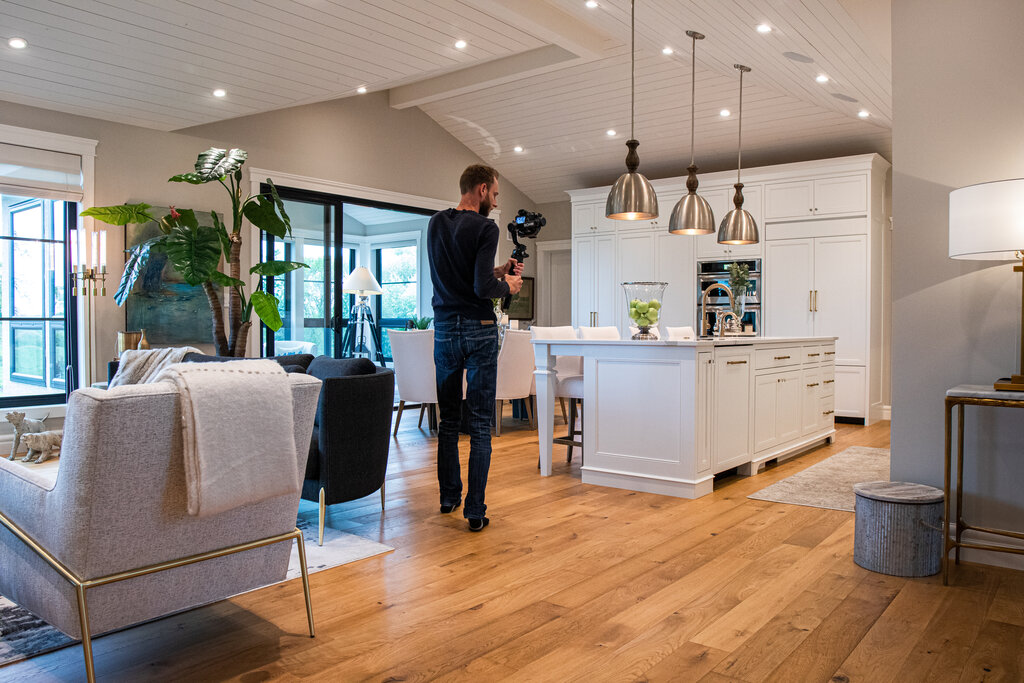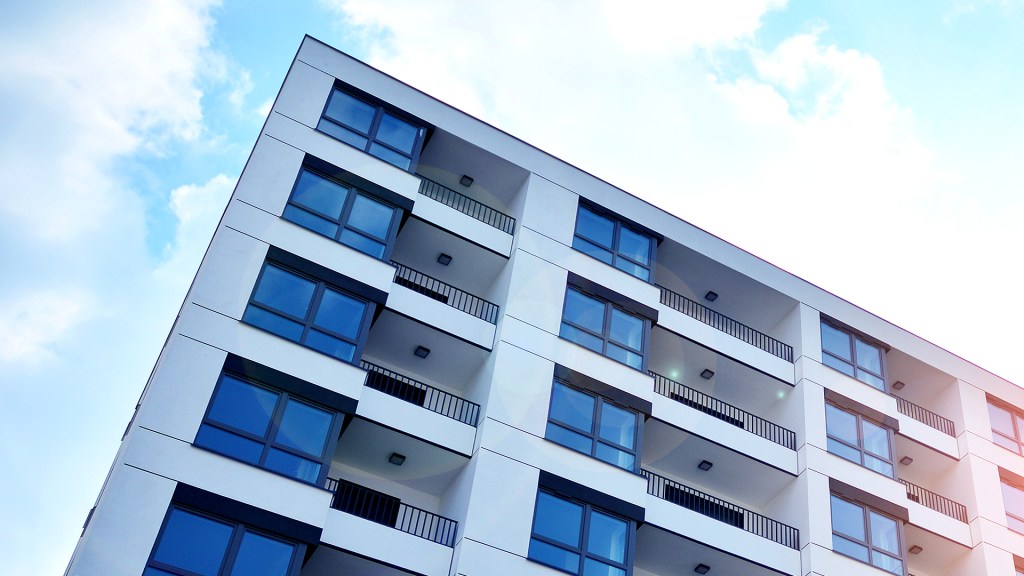By Katrina McDowell on March 20, 2024 in News
Real estate has long been a popular side hustle – in other words, a job that is performed in addition to other work or responsibilities. Choosing a real estate side hustle can be challenging since some roles require a heavy financial commitment to get started, like investing in rentals or flipping properties. Let’s explore a few of the lower-risk options.

- Airbnb Hosting. Airbnb hosting has been a popular side hustle for many property owners. The Airbnb host makes, on average, $924 a month, depending on the location and frequency of rental traffic. Airbnb hosting will require investing in the property, keeping it clean and minimal with appropriate decorations and furniture, and adequately stocking the property for guests.
- Property Data Collector. Not to be confused with a property appraiser, property data collectors record facts, not opinions or judgments. Property data collectors then use the information gathered to draft a property data report, which they submit to the appraisal management company. According to ZipRecruiter, the national average pay is $20/hour.
- Staging Business: Taking photos of properties and staging the property to be prepared to hit the market. Requires some interior design knowledge. The goal is to help buyers visualize themselves there and aid sales appeal.
- Real Estate Wholesaling: Real estate wholesaling is a strategy in which a wholesaler obtains a contract on a property with its seller and, in turn, sells the contract to an investor. Wholesalers start by looking for discounted property to put under contract. This is a good option for those looking to become an investor but do not have enough capital. One attractive aspect is that wholesaling does not require special licensing or certifications in most states. For example, some real estate wholesalers in Georgia can earn close to $72,000 annually with rising home prices and robust market predictions.
Those looking to enter the real estate market must understand market trends, regional differences and niche opportunities. Look by assessing demand. Read the latest news and real estate predictions at Yardi Matrix. Identify emerging neighborhoods. Since the pandemic, many have switched to remote offices, and many suburbs have grown astronomically. Many older neighborhoods have an influx of elderly citizens who will soon go into smaller places or assisted living. Opportunities for a younger market may appeal to those looking to start a family in a safer, older neighborhood.
Leverage market cycles to optimize real estate side hustle returns. Understanding the four stages of a real estate market cycle is essential for maximum ROI. The real estate cycle is split into four economic phases, directly indicating market health. We are always in one of the four phases:
- Recovery Phase. It begins when the real estate market is devastated and continues while it gets better. It is gradual and often takes the longest out of the four.
- Expansion Phase. This is when the real estate market can finally be considered healthy. Look for increased housing demand and surging numbers of renters looking to find available spaces. This is when real estate development is most active and lucrative.
- Hypersupply Phase. This is when the market has more properties and vacant rental units than buyers—often caused by too much property development and expansion. For example, this occurred during the 2020 pandemic.
- Recession. This marks the end of the current market high. Supply overwhelmingly exceeds demand, and very few people purchase properties. Rent is lowered to attract new residents. Typically, this is a time for panic, but know everything comes in cycles, so be confident that recovery will eventually come back around.
Real estate may seem like an intimidating industry, but there are many unique entry points for involvement and further education. Which one is right for you?


